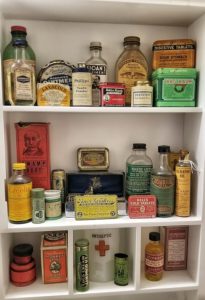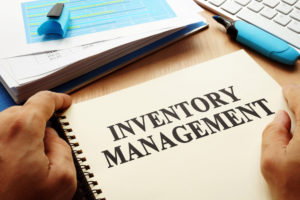Have you ever had a day when someone comes to you and says, “we don’t have any (supply name here), and the case is scheduled to start in 10 minutes!” ? I know I have. While I don’t have a magic wand to solve this, I do have some ideas that might make managing supplies easier.
- Cost. Have you ever looked at your reports, scrolled down to the supply line, and get a little sticker shocked? What did they buy this month?!? Supply costs can be overwhelming. One of the best things you can do as far as the cost of your supplies is have a good relationship with your vendor rep to review your GPO contracts. A talented, focused rep can help align you with the best GPO structure to make sure you are getting the best pricing.
- Inventory Control. When your supply costs look more like a roller coaster ride at the local fair, it is most likely due to how your facility is managing and controlling your inventory. So much of this is training and education with your materials manager and clinical staff. Establishing, utilizing and maintaining PAR levels on your regular supplies is key. This can be a simple process. Obtain your order history, find your average buy number of that item (example: 2 boxes of Vicryl suture on a specific needle), and set your PAR (example: 2 boxes). Label the shelf and keep the inventory to 2 boxes. Use a light case day and make it a facility project. While you are at it, make it a Quality Study!
- Minimum supplies on hand. Most vendors can get you items quickly, if it is a routine stock item. They are usually stored in the local warehouse for next day delivery. Don’t pay to store items unless they are on allocation, or hard to find/obtain. Have your vendor meet with your staff to re-assure them about just in time ordering, and verify that your routine supplies are locally available.

- Hoarding. We all know who our hoarders are. They store supplies in drawers and cabinets like the zombie apocolypse is coming. Establishing PAR levels for the hoarding holes may help. Reminding the hoarders that hoarding costs money helps too. Your materials manager may need to check the hoarding spots regularly and return items to their inventory homes.
- Organization. I know this might sound obvious, but organization is key. On your facility supply project day, have everyone spring clean your supply storage areas. Pull the supplies off shelves, clean, check out dates, stock oldest dates in front, and label with item name and PAR number. If you find you have way too much of something, or you no longer need it, see if your vendor will take it back. Try to have items live in one place unless truly needed to be stocked in multiple locations. Hold everyone accountable to keep it up.
- Redundancy. Do you have the same suture with similar needles? Do you need both the small and large bag of fluids? Review the types of items you keep in stock to ensure it is truly necessary. One box of redundant suture could result in hundreds of dollars in savings.

- Consignment. Are you stocking specialty items that could be consigned? Ask your rep and go for no.
- Case Costing. Make sure your preference cards are priced. (For that matter, make sure your preference cards aren’t the cardboard dog eared ones from 1993!) Knowing how much your supply costs for each case is is key to managing your budget. Being transparent with these costs so everyone knows the impact (opening that one extra item will cost the facility $75.00) will help trim the fat.
- Store in Date Order. As I mentioned in #5, stock oldest outdates first. As new supplies come in and are stocked, check the dates and place in inventory by outdate order. This will decrease the risk of having to throw out supplies due to expiration.
- Make it Fun. Reward your staff for good supply management. Offer gift cards or other nominal fun incentives like a free lunch as they find a supply savings win. Supply wins may be anything that they can demonstrate reduces supply costs overall.
Hopefully, some of these hints make your supply process less like the Scream Machine and more like the Lazy River Ride.